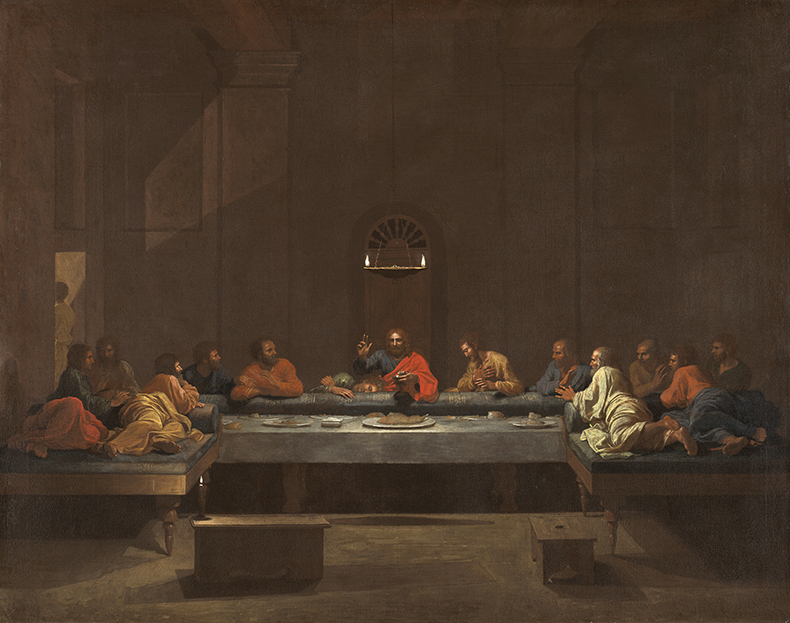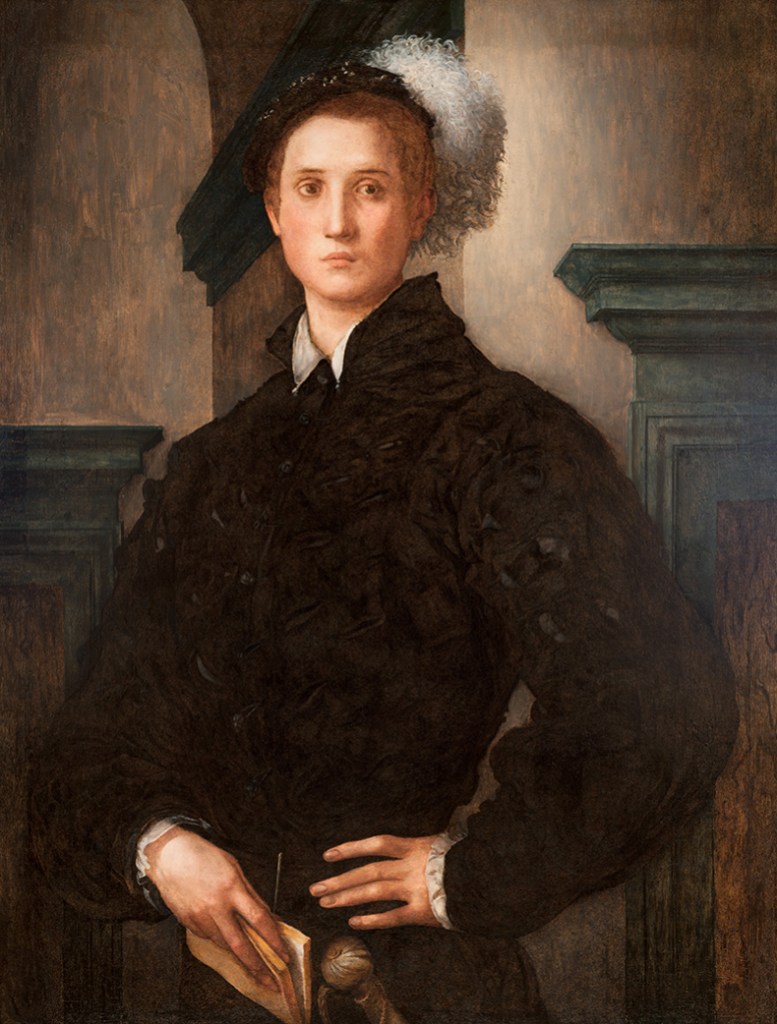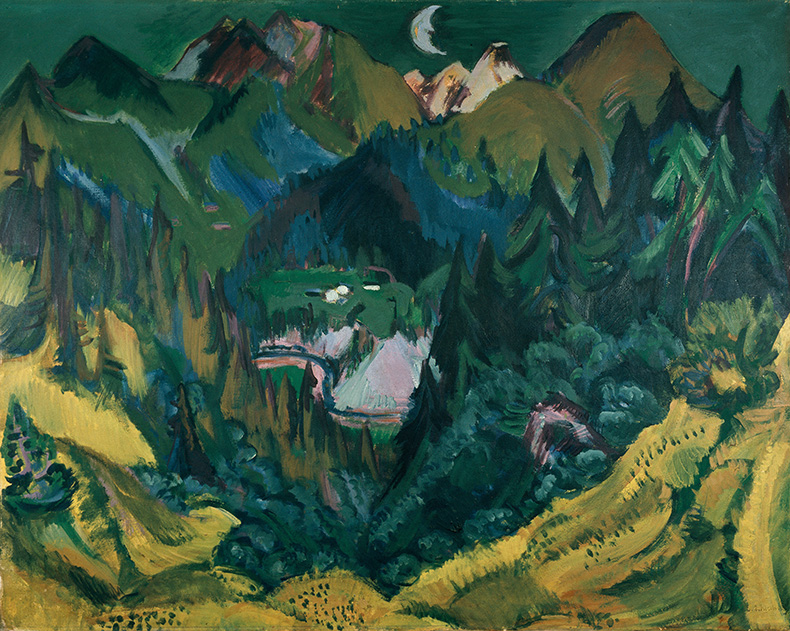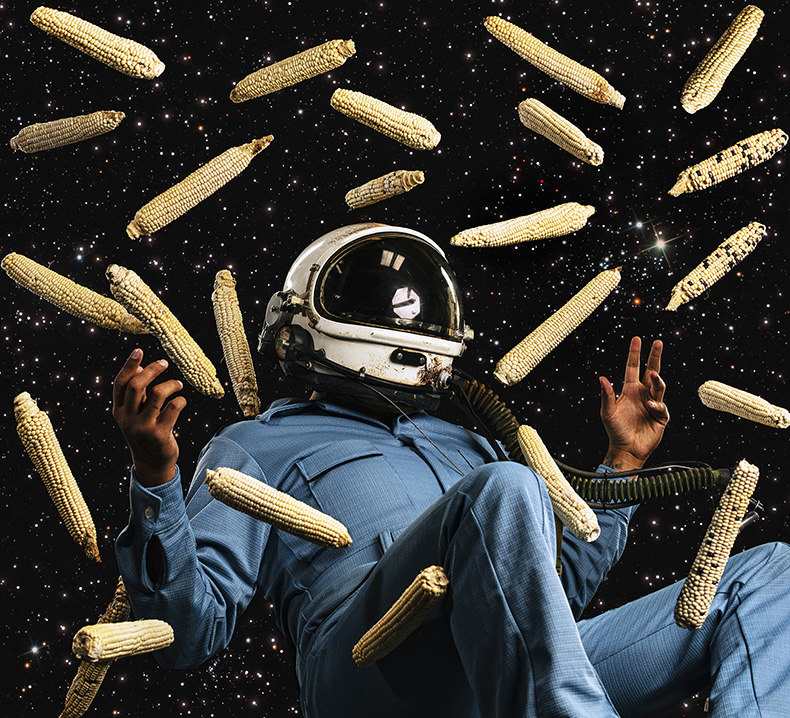A round-up of the most important works of art to have recently entered public collections
National Gallery, London
Eucharist (c. 1637–40), Nicolas Poussin
‘The Poussins are a real national object,’ declared Joshua Reynolds in 1785, referring to the series of seven religious scenes by Nicolas Poussin that had recently arrived on British shores. It seems the National Gallery has taken this statement to heart. Shortly before Easter, it acquired one of the seven paintings, Eucharist, a dramatic depiction of the Last Supper in which Christ’s vermilion robe provides a central focal point in an otherwise muted, markedly rectilinear composition. Like the other six in the series, which was completed in the late 1630s, Eucharist corresponds to one of the sacraments – Christian rites through which participants can receive the grace of God. Poussin completed the cycle for the Roman antiquarian Cassiano dal Pozzo, who was his friend and patron. Three of the paintings – Baptism, Ordination and Confirmation – are held in collections abroad; Penance was destroyed in a fire in 1816 and Extreme Unction is held by the Fitzwilliam Museum in Cambridge. Eucharist was owned by the trustees of the Duke of Rutland’s 2000 Settlement; they sold it to the National Gallery as part of a hybrid Acceptance in Lieu arrangement. To accompany the sale, they have also lent the remaining painting in the cycle, Marriage, to the museum on a long-term basis. Both works are currently on display.
Eucharist (c. 1637–40), Nicolas Poussin. The National Gallery, London

Seattle University
More than 200 works gifted by philanthropist Richard Hedreen
Seattle University (SU) in Washington has been gifted a $300 million art collection from philanthropist and real estate developer Richard Hedreen, alongside $25 million in funds to be used to establish the new Seattle University Museum of Art. According to SU, it is the largest donation of art ever made to a university in the United States. Spanning more than six centuries, the extraordinary collection holds works ranging from Pontormo’s Portrait of Cosimo I de’ Medici (1537) to Roy Lichtenstein’s Reflections on ‘Painter & Model’ (1990). Other notable names in the collection include Titian, Gainsborough, Warhol, Freud and de Kooning. The donation was made in honour of Hedreen’s late wife Elizabeth Ann Petri Hedreen, who was an alumna and long-term supporter of the university.
Portrait of Cosimi I de’ Medici (1537), Jacopo Carruci Pontormo. Courtesy Richard Hedreen

Kunstmuseum, Bern
Five paintings from the collection of Eberhard W. Kornfeld
Last year, the Kunstmuseum Bern received a bequest of five oil paintings from the controversial art dealer and collector Eberhard Kornfeld, who died in April 2023 at the age of 99. An influential figure, Kornfeld helped found Art Basel and the Kirchner Museum in Davos, but has in recent years come under scrutiny for his ownership of works that are suspected to have been looted by the Nazis, including drawings by Egon Schiele, as well as for his association with collectors such as Cornelius Gurlitt, who inherited his own collection from his father Hildebrand, known to have purchased art for the Nazis. Kornfeld had long maintained a close relationship with the Kunstmuseum Bern, in the city where he spent most of his life. Last week, the five paintings he bequeathed went on public display for the first time. They are Alfred Sisley’s Kirche in Moret-sur-Loing (1893), which foregrounds the roofing and cream walls of the titular church against a cloudy blue sky; a self-portrait by Giovanni Giacometti from 1909; Ernst Ludwig Kirchner’s Junkerboden (1919), a nocturnal landscape depicting the forested mountains near Davos; Sam Francis’s three-metre-high abstraction Blue, Red and Yellow (1958), a jagged medley of primary colours; and a painting from 1965 by Alberto Giacometti titled Caroline – one of countless works by the artist that were based on his friend of that name, who sat for Giacometti almost every evening for several years in the 1960s.
Junkerboden (1919), Ernst Ludwig Kitchner. Kunstmuseum Bern

Modern One, Edinburgh
Encounter (1959), Remedios Varo
Although she only produced around 100 works, the Spanish artist Remedios Varo painted some of the most strikingly inventive examples of Surrealist art. Her name is less famous than those of many of her (mostly male) contemporaries, such as Dalí, Magritte and Ernst, but interest in Varo has been on the rise in recent years, with galleries in Europe and the United States acquiring more of her works. The latest is Modern One in Edinburgh, which has purchased Encounter (1959) – an uncanny work, thought to be a self-portrait, in which a seated figure, clad in reams of wispy blue fabric, opens a casket to find her own face staring back at her. In acquiring the dream-like painting, Modern One has become the first public collection in Europe to own a work by Varo.
Encounter (1959), Remedios Varo. National Galleries of Scotland, Edinburgh. © Estate of Remedios Varo

Minneapolis Institute of Art
More than 185 works of Native American, Latin American, Tibetan and European art
The Minneapolis Institute of Art has announced that is has now added more than 185 works of art to its already sizeable collection. These include a painting by the pioneering Venezuelan artist Carlos Cruz-Diez, a key figure in the Optical and Kinetic Art movement that was so influential in his native country and internationally. Also acquired are a works as disparate as a picture by Native American photographer Cara Romero and a selection of 19th-century Tibetan Buddhist carpets. Perhaps most interesting of the recent acquisitions is an engraving from the early 16th century by Jacopo de’ Barbari, whose printmaking influenced later artists such as Dürer and Cranach and whose depiction of the Virgin and child reclining against a tree epitomises his style. The acquisitions were made through a combination of gifts and purchases.
The Zenith (2022), Cara Romero. Minneapolis Institute of Art

Museum Boijmans Van Beuningen, Rotterdam
Still Life with Potatoes (1886–87), Vincent Van Gogh
The Boijmans Van Beuningen Museum in Rotterdam has permanently acquired Vincent Van Gogh’s Still Life with Potatoes (1886), which has been on loan to the museum from a private collection for more than 40 years. The painting was produced after he had left his native Netherlands for France, and shows the monochromatic, earthen tones he tended to use in the earlier part of his career, as opposed to the more vibrant palette for which he is best known today. The purchase was made for an undisclosed sum, supported by backers including the Rembrandt Association, the Mondriaan Fund and the Van Eyck Circle, as well as a number of corporate and private donors.
Still Life with Potatoes (1886–87), Vincent Van Gogh. Boijmans Van Beuningen Museum, Rotterdam



